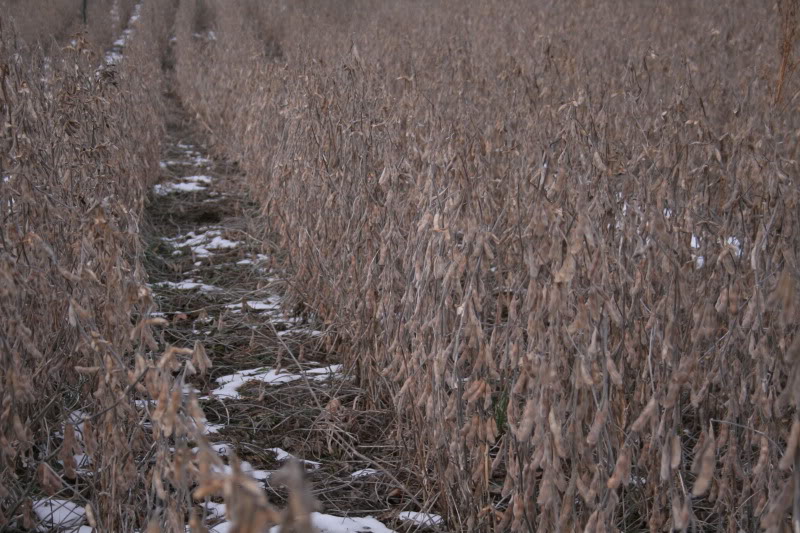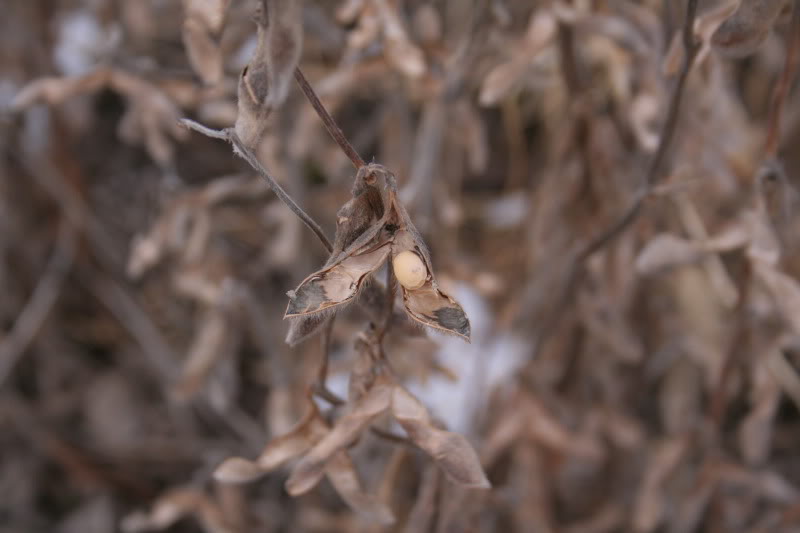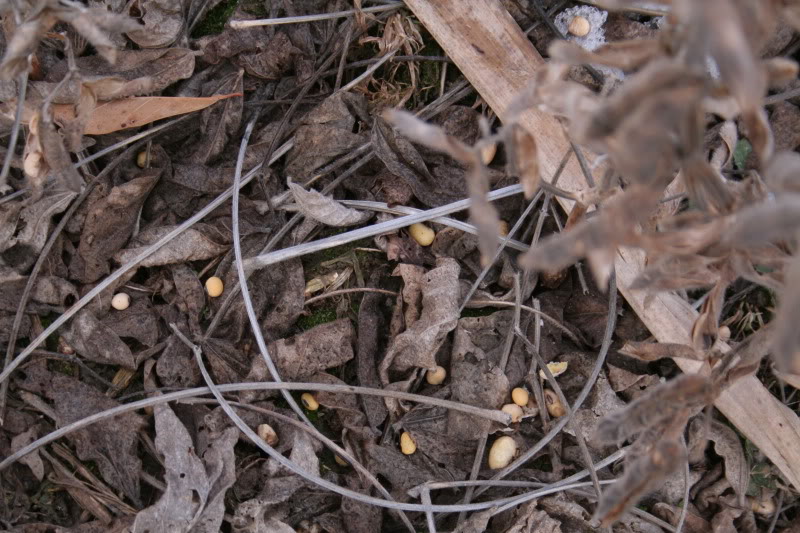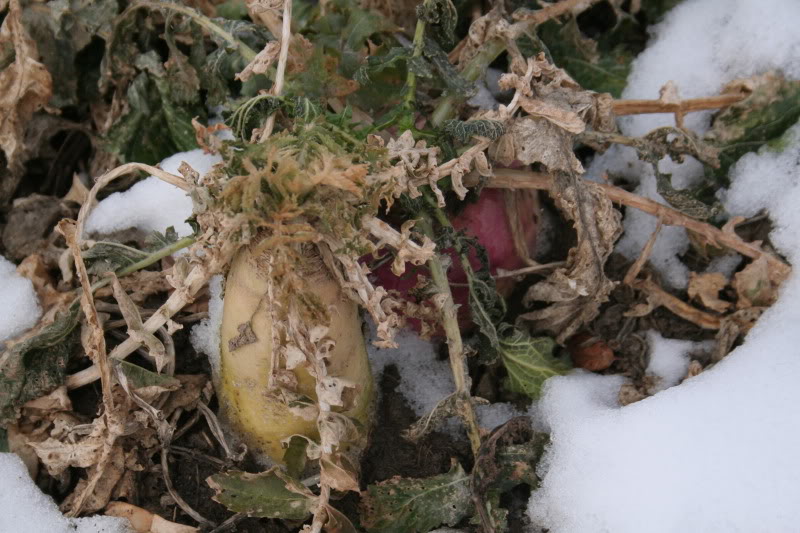dbltree
Super Moderator
Could soybeans be planted with a truax no till drill that i use for nwsg?
You bet! Usually they have a box just for that on the drill but check with whomever has the drill...


Could soybeans be planted with a truax no till drill that i use for nwsg?
You bet! Usually they have a box just for that on the drill but check with whomever has the drill...
Yeah the one i rent has a small,fluffy and grain box on it. It has 7 inch row spacings was my only concern. If i am planting just for deer will the shorter row space affect the growth?

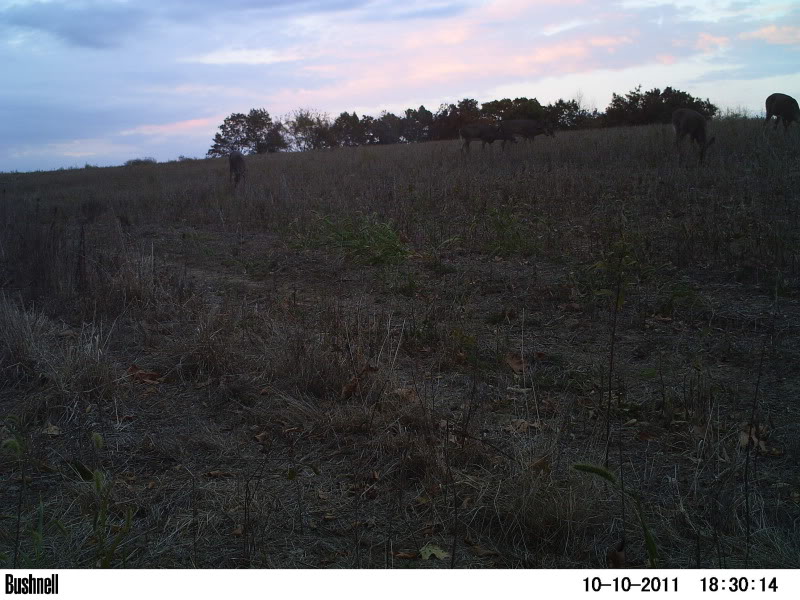
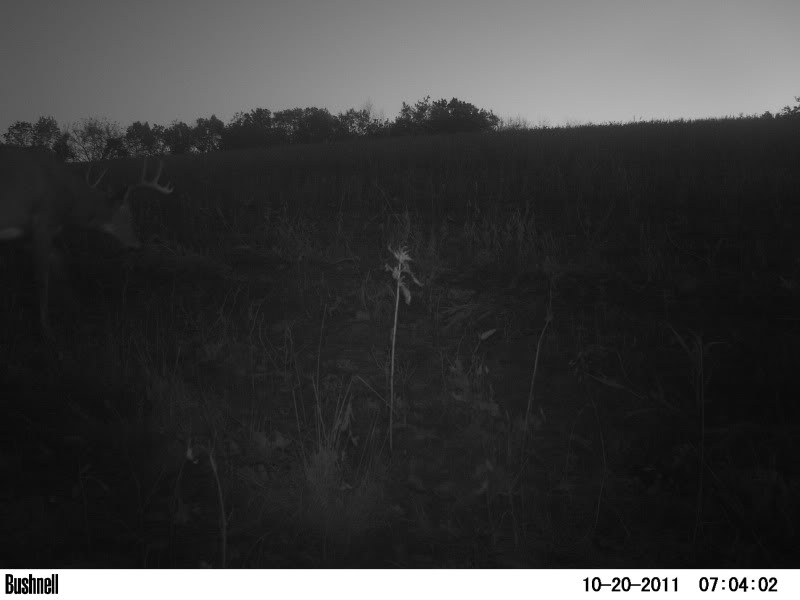
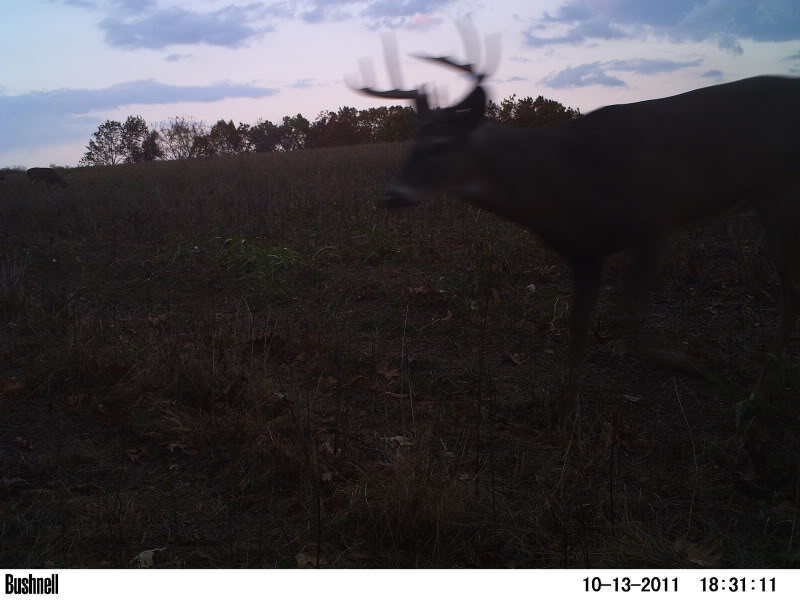




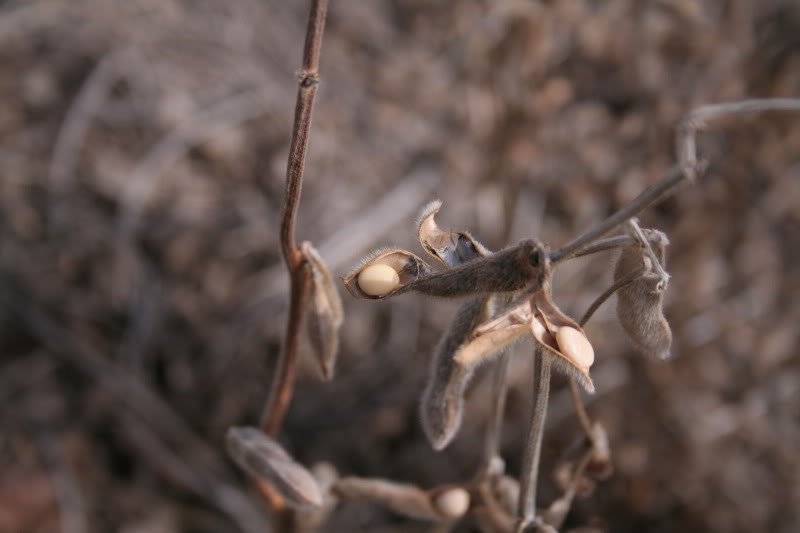

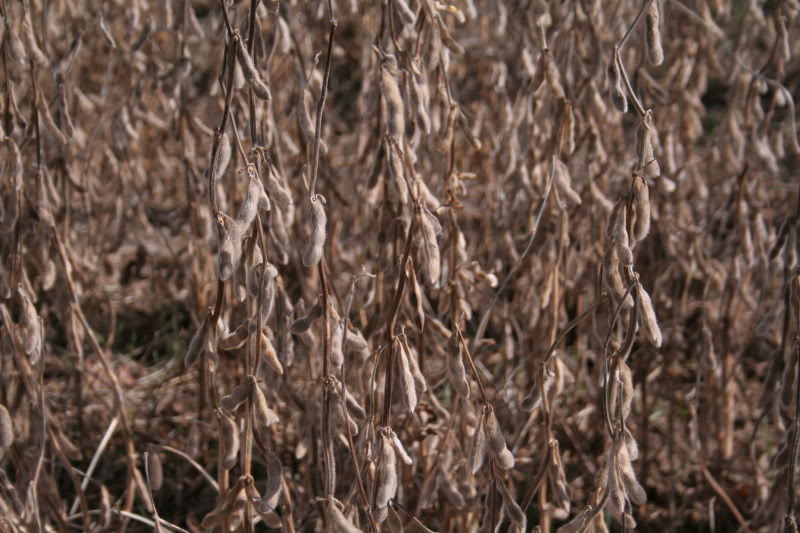
Paul, Out of all the crops that can be planted what do deer like the best?
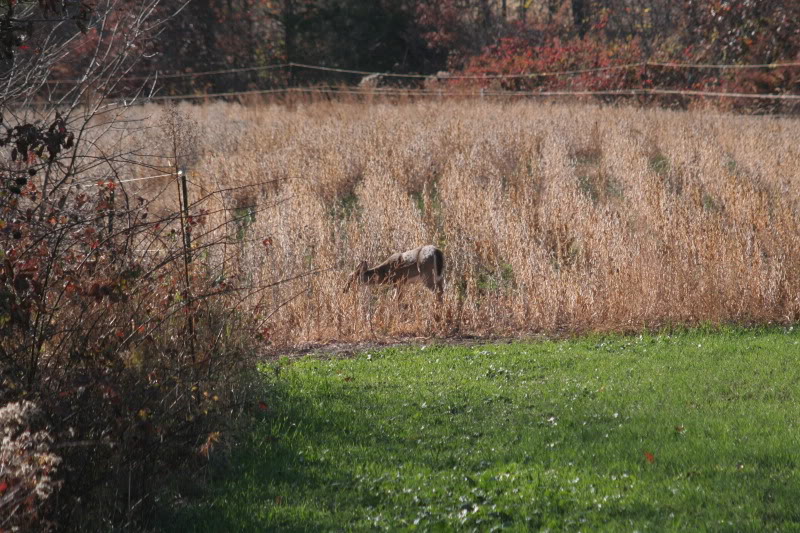
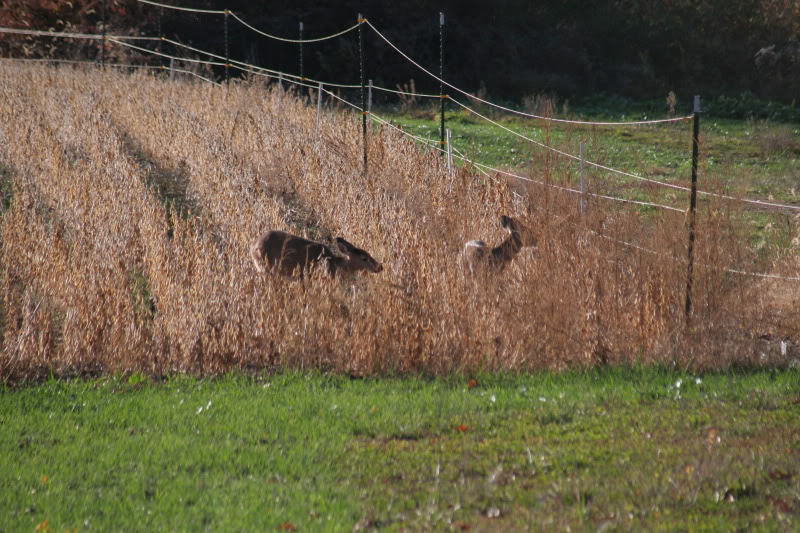
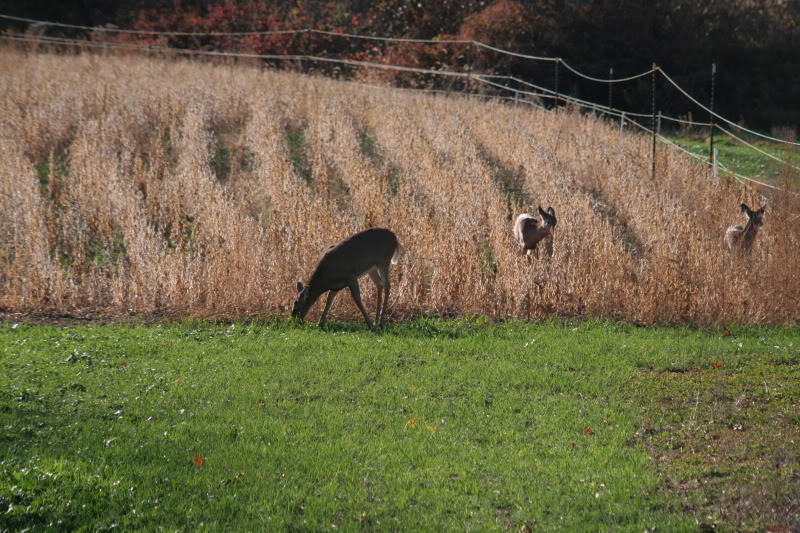
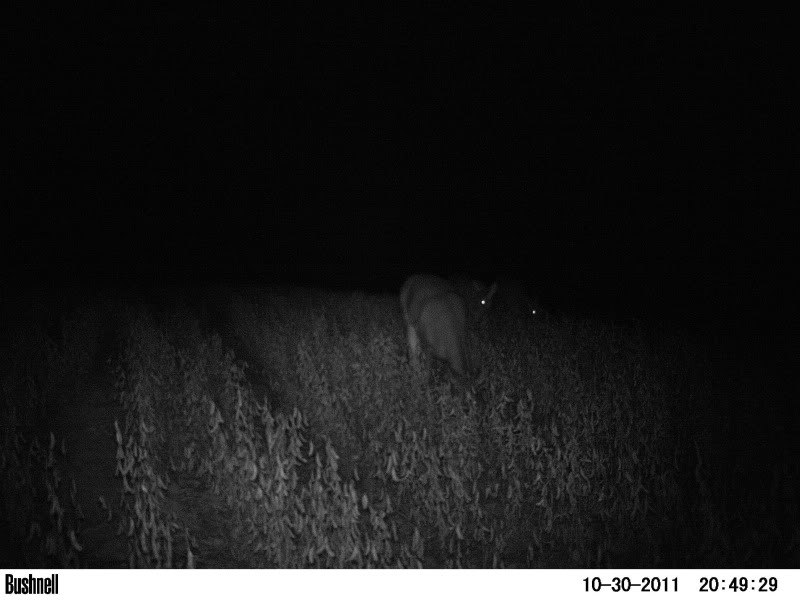



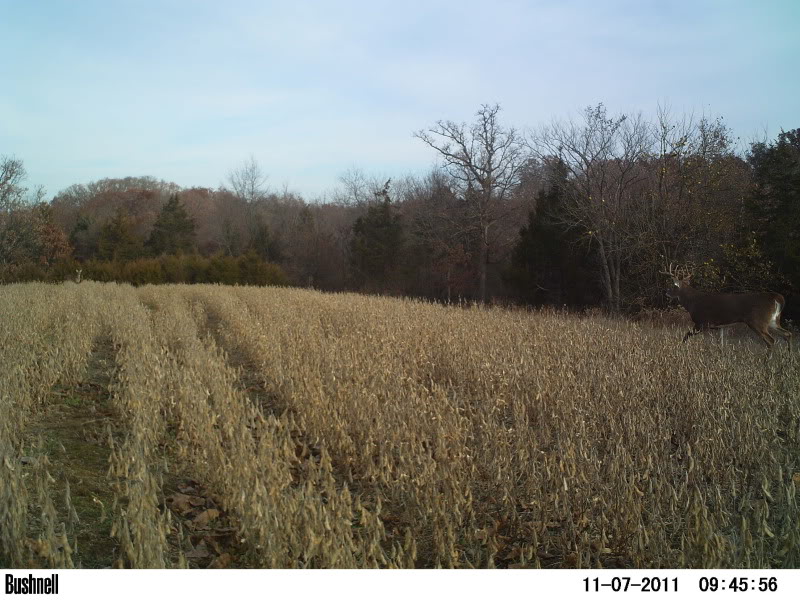
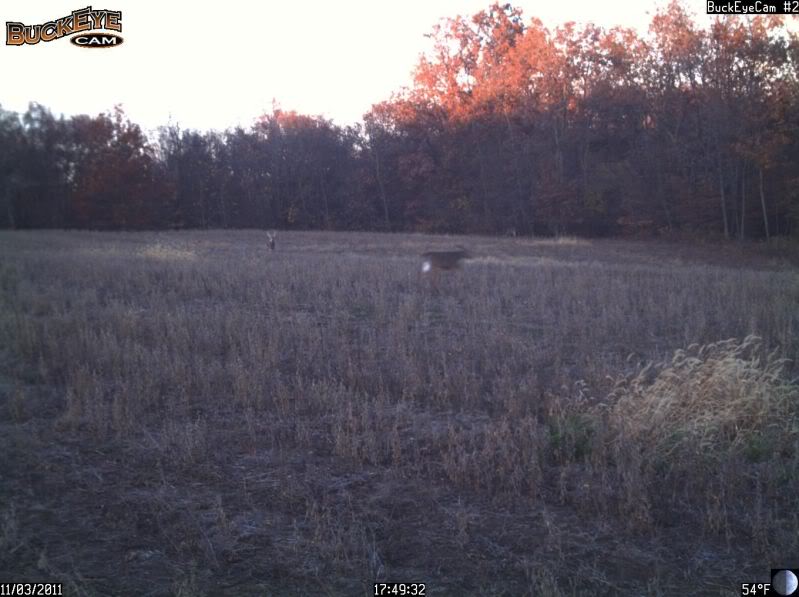
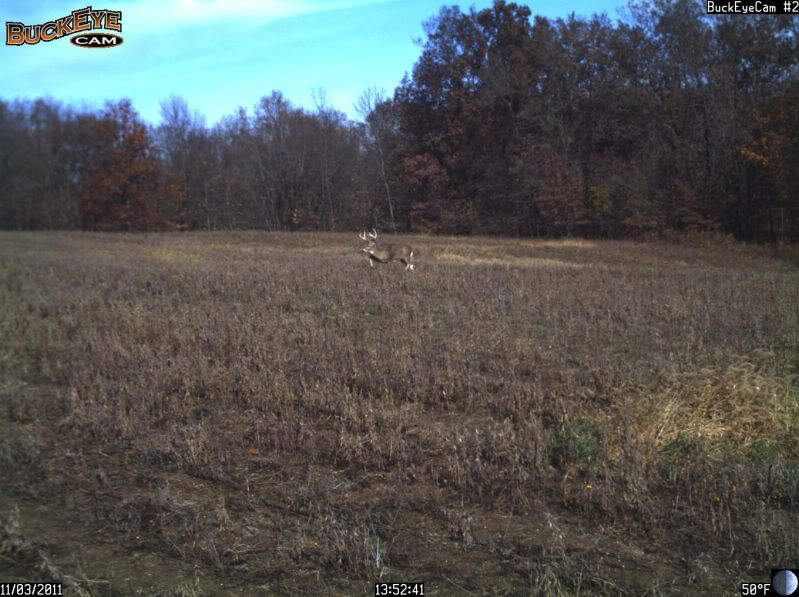
Once again I was blessed to take a truly mature animal from my own farm where he lived...and died...
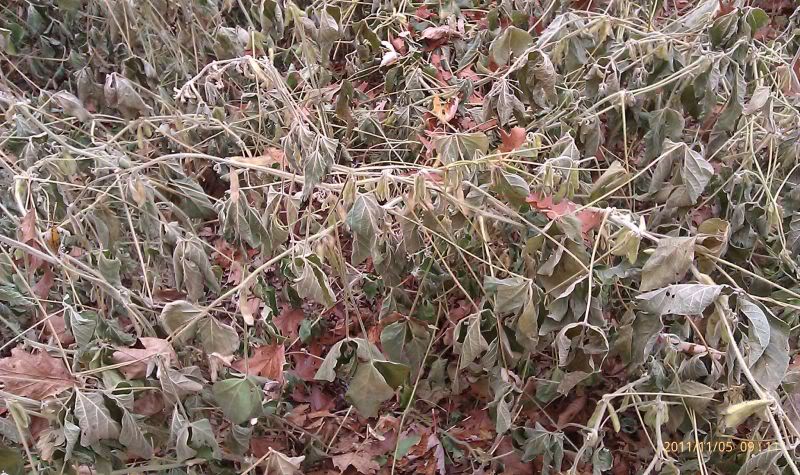











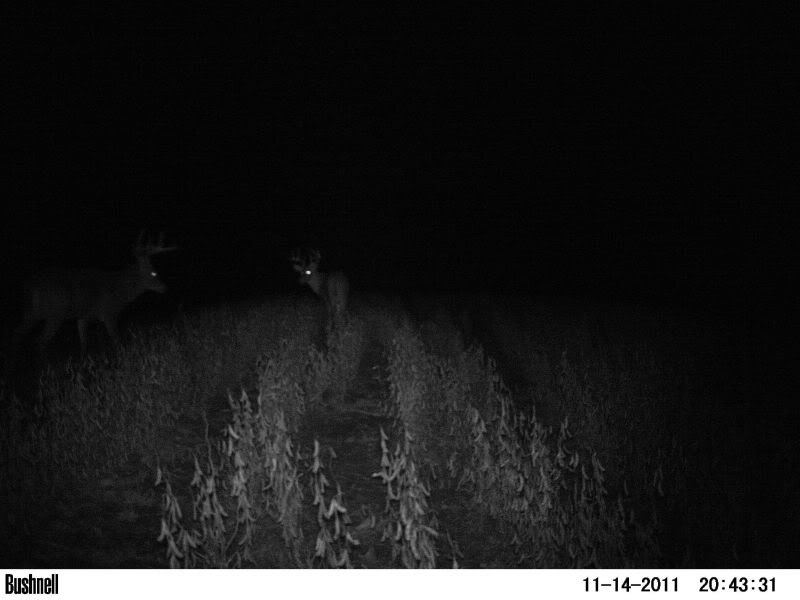
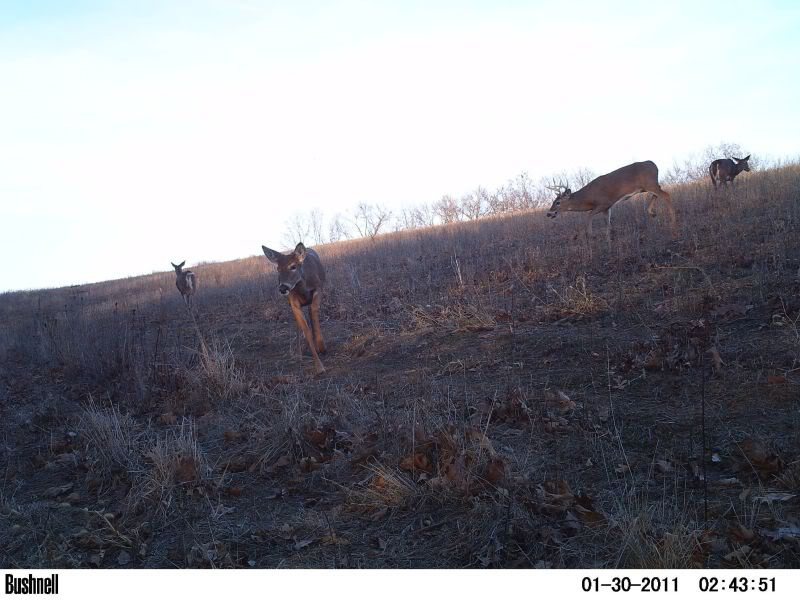
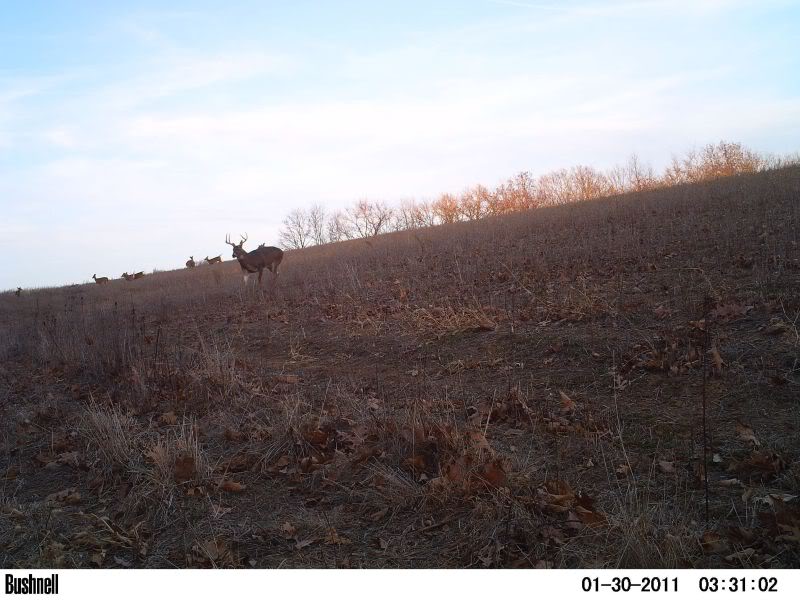
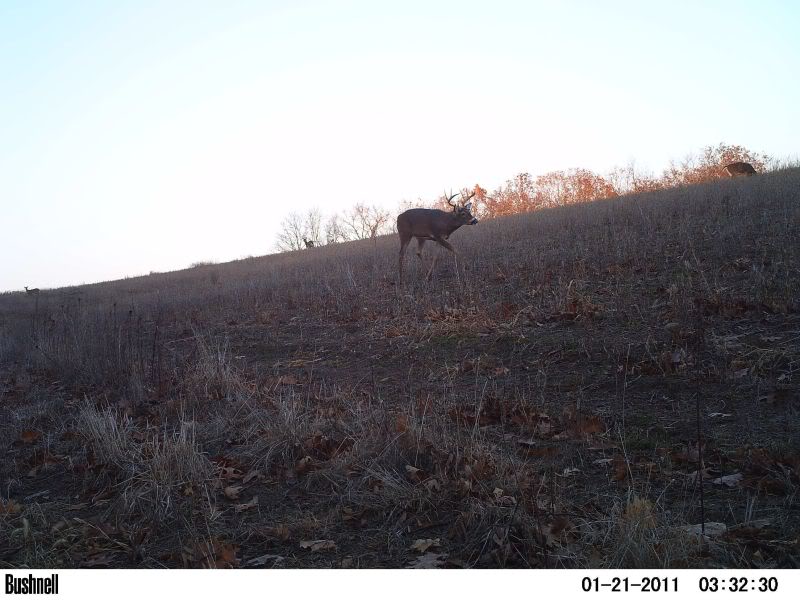
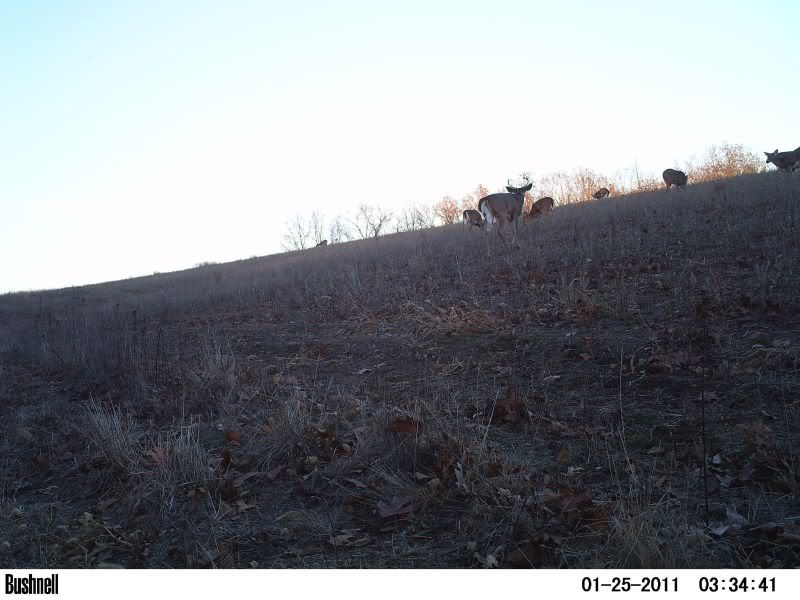
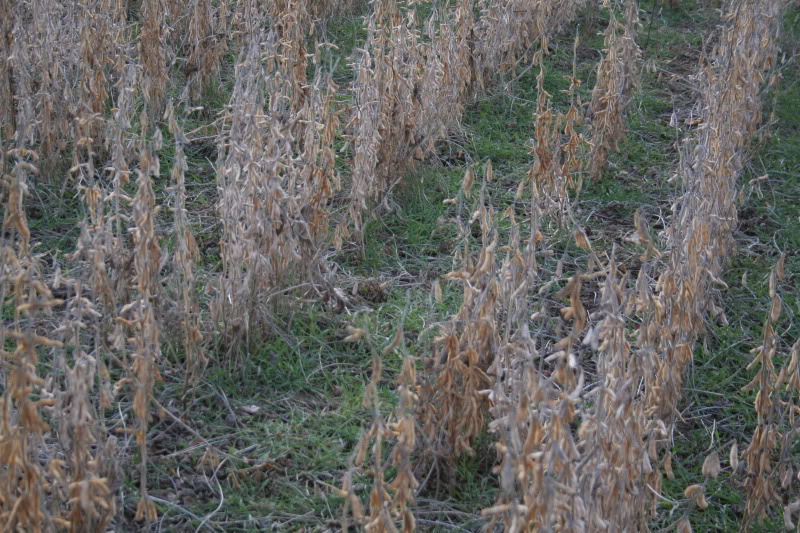

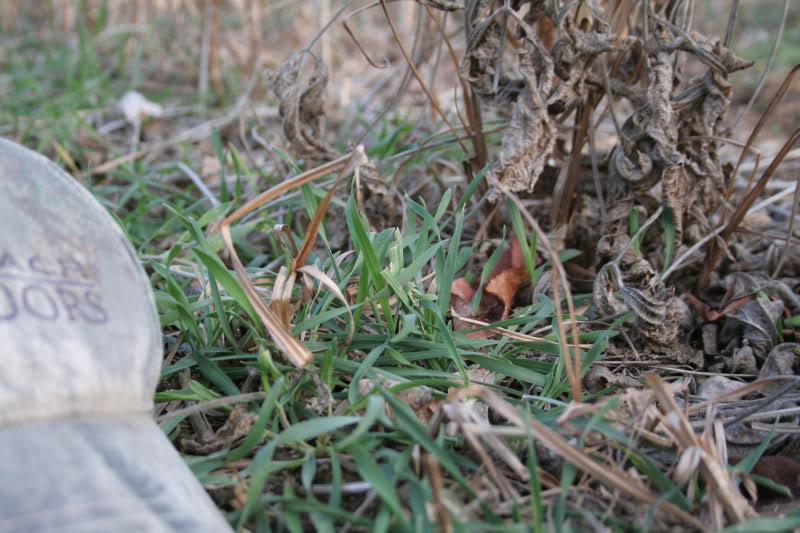

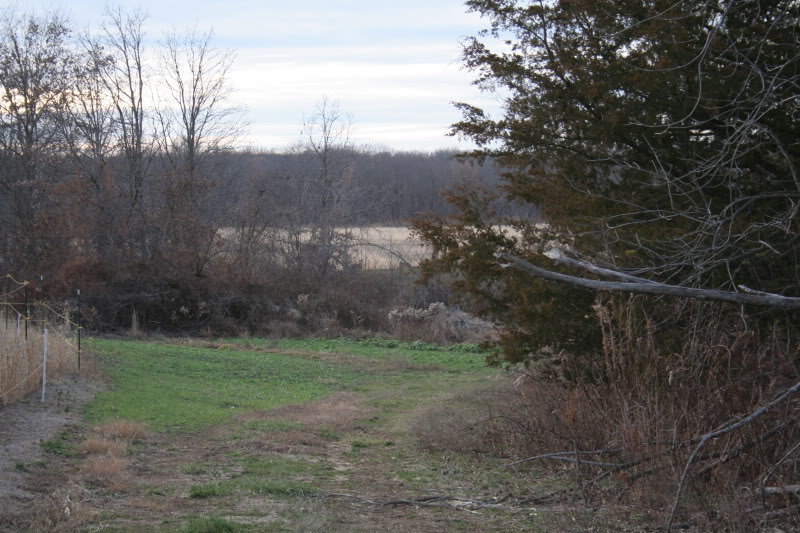
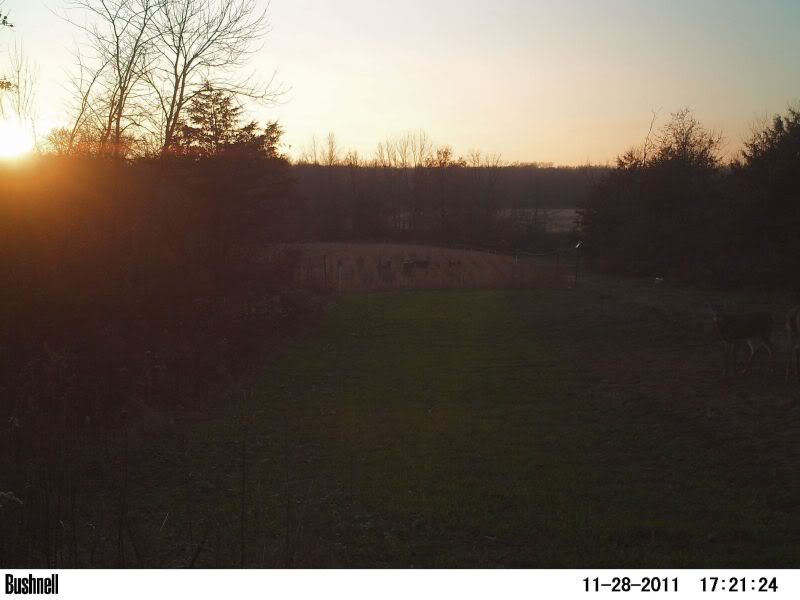
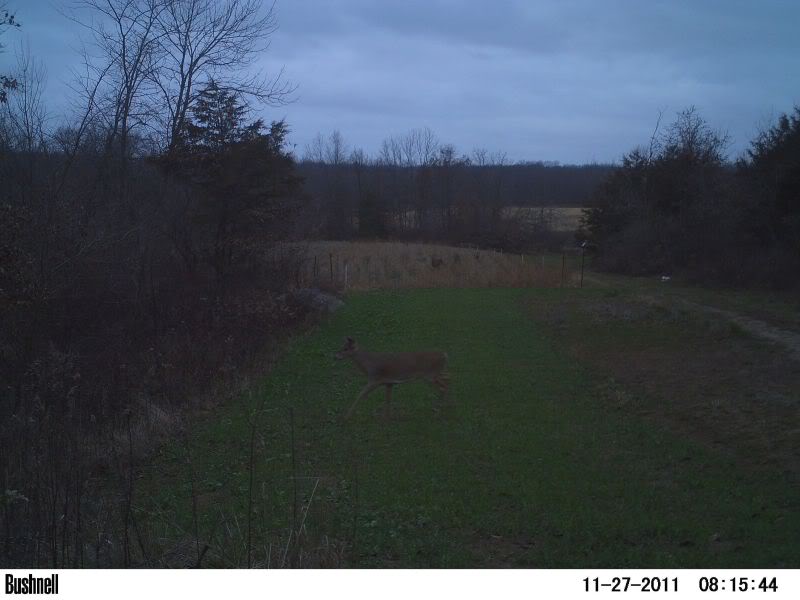
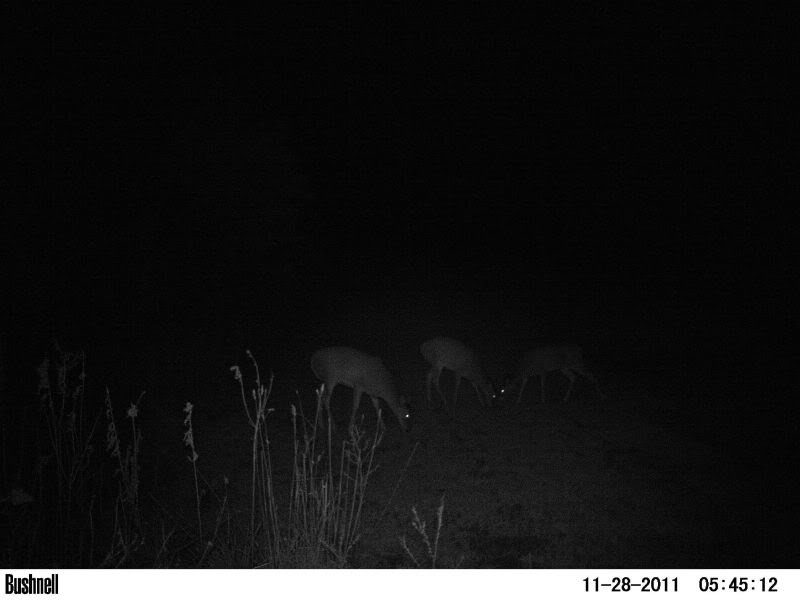
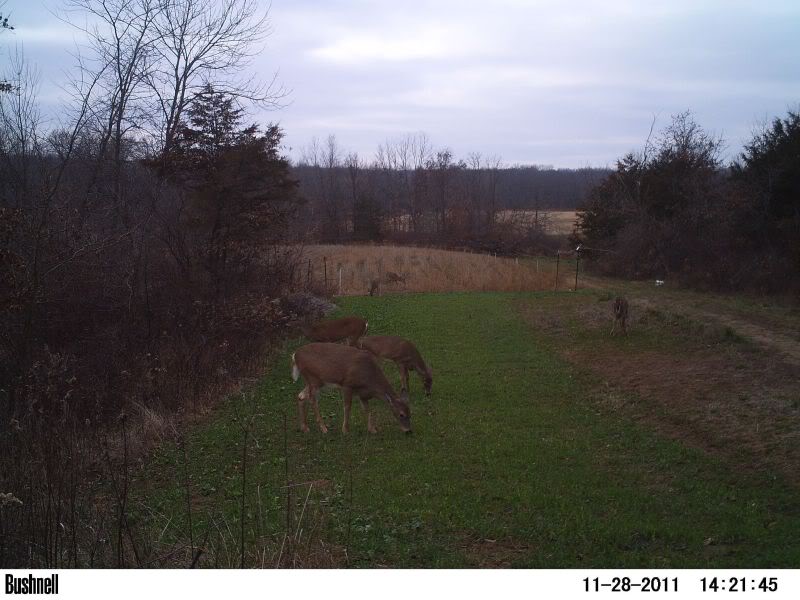
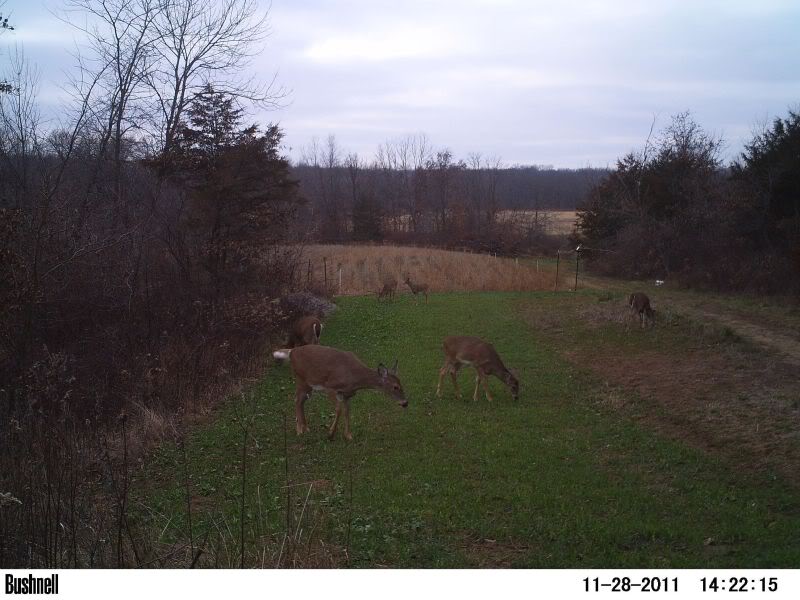
Dbltree, I'm faced with the question of whether or not I want to mess with planting soybeans and the hassle of fencing them off in 2012. Part of me says yes plant them simply for the variety and the other part of me says save the time and money for something else. That being said, I see your still planting soybeans despite your love for the brassica mix and cereal mix! Why is that? If they require so much more ork and the deer don't prefer them anyways can you tell me a good reason why you still plant them and fence them? Just curious.
I have two 1 acre plots seperated by a creek. My question is, can I effectively rotate soybeans(overseeded with rye) and brassicas? And if so, how much N would you recommend for the brassica plot? I would also be open to other ideas of what to plant for an early bow season/late season crop rotation. Thanks
Ok, now concerning the clover, I do have 3 small clover "kill plots" totaling 1.25 acres all within the same 20 acres as the previously mentioned plots. With that being the case do I still need to add clover to my larger plots?
